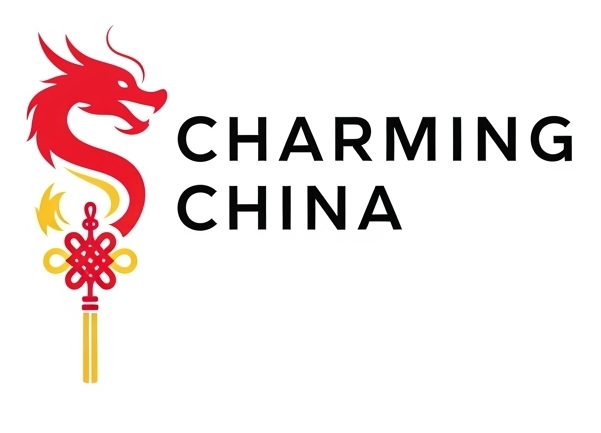TCM Basics
Traditional Chinese Medicine (TCM) is a holistic system rooted in thousands of years of observation, philosophy, and clinical practice. This section introduces the essential theories that shape how TCM understands the human body, health, and disease. TCM Basics is divided into five core modules:
1. Body Constitution Types
TCM recognizes that each person has a distinct constitution that influences their physical and emotional tendencies, disease susceptibility, and response to treatment.
- Nine Constitution Types: Balanced, Qi-deficient, Yang-deficient, Yin-deficient, Phlegm-damp, Damp-heat, Blood-stasis, Qi-stagnation, Special constitution
- Self-assessment Tools: Interactive quizzes and symptom checklists
- Lifestyle Guidance: Diet, exercise, sleep, and emotional care tailored to each type
- Seasonal Adjustments: How your constitution interacts with climate and seasonal changes
Your constitution shapes how you live, heal, and thrive.
2. Qi, Blood & Meridians
Qi (vital energy), Blood, and Meridians form the dynamic infrastructure of the body in TCM. Their balance and flow determine vitality and resilience.
- What is Qi?: Origins, functions, and types (e.g., Defensive Qi, Organ Qi)
- Blood & Body Fluids: Nourishment, circulation, and their relationship with Qi
- Meridian System: 12 primary meridians, 8 extraordinary vessels, and their pathways
- Common Blockages: Symptoms of stagnation, deficiency, or excess
- Practical Applications: Acupressure, movement practices, and breathing techniques
When Qi and Blood flow freely, the body flourishes with strength and clarity.
3. Yin-Yang & Five Elements
These ancient frameworks explain the dynamic balance within the body and its relationship with nature.
- Yin-Yang Theory: Opposites in harmony—how cold/hot, active/passive, internal/external forces interact
- Five Elements: Wood, Fire, Earth, Metal, Water—each linked to organs, emotions, seasons, and colors
- Elemental Mapping: How your personality and health relate to elemental traits
- Imbalances & Corrections: Recognizing excess or deficiency and restoring equilibrium
- Interactive Tools: Elemental personality quizzes, seasonal health tips
The rhythms of nature echo within us—balance is the key to harmony.
4. Organ Theory & Emotional Health
TCM views organs not just as physical structures but as energetic centers with emotional and spiritual functions.
- Five Zang Organs: Heart, Liver, Spleen, Lung, Kidney—each governs specific emotions and functions
- Six Fu Organs: Stomach, Small Intestine, Large Intestine, Gallbladder, Bladder, Triple Burner
- Emotion-Organ Connection: Anger and Liver, Joy and Heart, Worry and Spleen, Sadness and Lung, Fear and Kidney
- Signs of Disharmony: Emotional patterns, physical symptoms, and behavioral tendencies
- Balancing Techniques: Breathwork, herbal support, movement, and mindfulness
True wellness arises when body and emotions move in harmony.
5. TCM Diagnostic Principles
TCM diagnosis is an art that combines observation, listening, questioning, and palpation.
Four Diagnostic Methods:
- Looking (望): Tongue diagnosis, facial color, posture
- Listening/Smelling (闻): Voice tone, breath, body odor
- Asking (问): Sleep, appetite, emotions, menstrual cycle
- Palpation (切): Pulse diagnosis, abdominal palpation
- Tongue Analysis: Color, shape, coating, and sublingual veins
- Pulse Reading: 28 pulse types and their meanings
The body speaks in subtle signs—TCM listens with wisdom and care.
Understanding the foundations of Traditional Chinese Medicine is like learning a new language—one that describes the body, mind, and environment in terms of energy, flow, and interconnectedness. Concepts like Yin and Yang, the Five Elements, and meridian theory offer a fresh lens through which to view health and disease. Begin your journey with the building blocks of TCM, and unlock a worldview where healing is not just possible—it’s intuitive.
